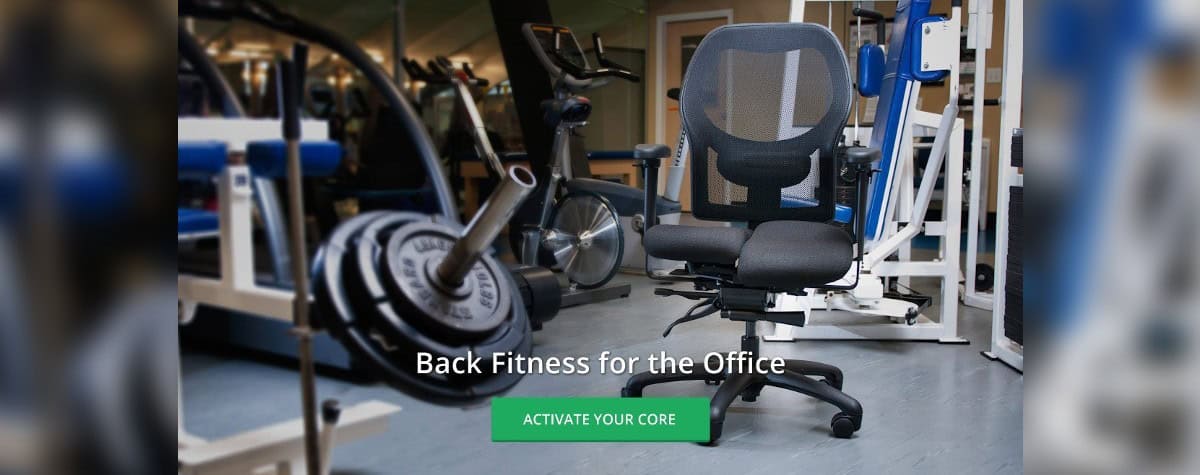
Potential Research on Active Sitting as a Necessary Component to Correct Sedentary Behaviors
July 2, 2014
Pennington Pedal Desk
July 23, 2014From PLOS ONE:
Purpose
Excessive sedentary time (SED) has been linked to obesity and other adverse health outcomes. However, few sedentary-reducing interventions exist and none have utilized smartphones to automate behavioral strategies to decrease SED. We tested a smartphone-based intervention to monitor and decrease SED in overweight/obese individuals, and compared 3 approaches to prompting physical activity (PA) breaks and delivering feedback on SED.
Design and Methods
Participants [N = 30; Age = 47.5(13.5) years; 83% female; Body Mass Index (BMI) = 36.2(7.5) kg/m2] wore the SenseWear Mini Armband (SWA) to objectively measure SED for 7 days at baseline. Participants were then presented with 3 smartphone-based PA break conditions in counterbalanced order: (1) 3-min break after 30 SED min; (2) 6-min break after 60 SED min; and (3) 12-min break after 120 SED min. Participants followed each condition for 7 days and wore the SWA throughout.
Results
All PA break conditions yielded significant decreases in SED and increases in light (LPA) and moderate-to-vigorous PA (MVPA) (p<0.005). Average % SED at baseline (72.2%) decreased by 5.9%, 5.6%, and 3.3% [i.e. by mean (95% CI) −47.2(−66.3, −28.2), −44.5(−65.2, −23.8), and −26.2(−40.7, −11.6) min/d] in the 3-, 6-, and 12-min conditions, respectively. Conversely, % LPA increased from 22.8% to 26.7%, 26.7%, and 24.7% [i.e. by 31.0(15.8, 46.2), 31.0(13.6, 48.4), and 15.3(3.9, 26.8) min/d], and % MVPA increased from 5.0% to 7.0%, 6.7%, and 6.3% (i.e. by 16.2(8.5, 24.0), 13.5(6.3, 20.6), and 10.8(4.2, 17.5) min/d] in the 3-, 6-, and 12-min conditions, respectively. Planned pairwise comparisons revealed the 3-min condition was superior to the 12-min condition in decreasing SED and increasing LPA (p<0.05).
Conclusion
The smartphone-based intervention significantly reduced SED. Prompting frequent short activity breaks may be the most effective way to decrease SED and increase PA in overweight/obese individuals. Future investigations should determine whether these SED reductions can be maintained long-term.
The full text is available free via PLOS ONE.



